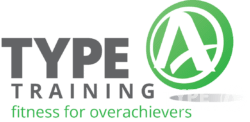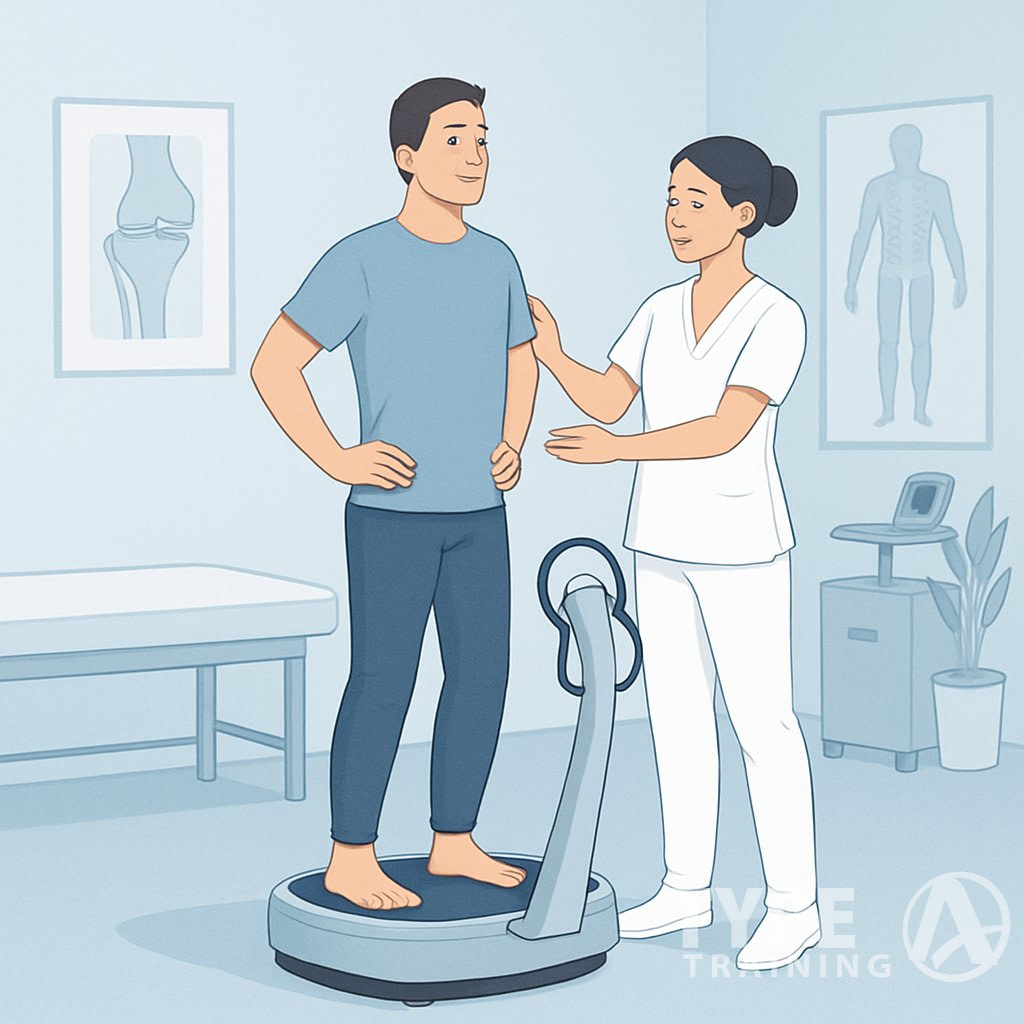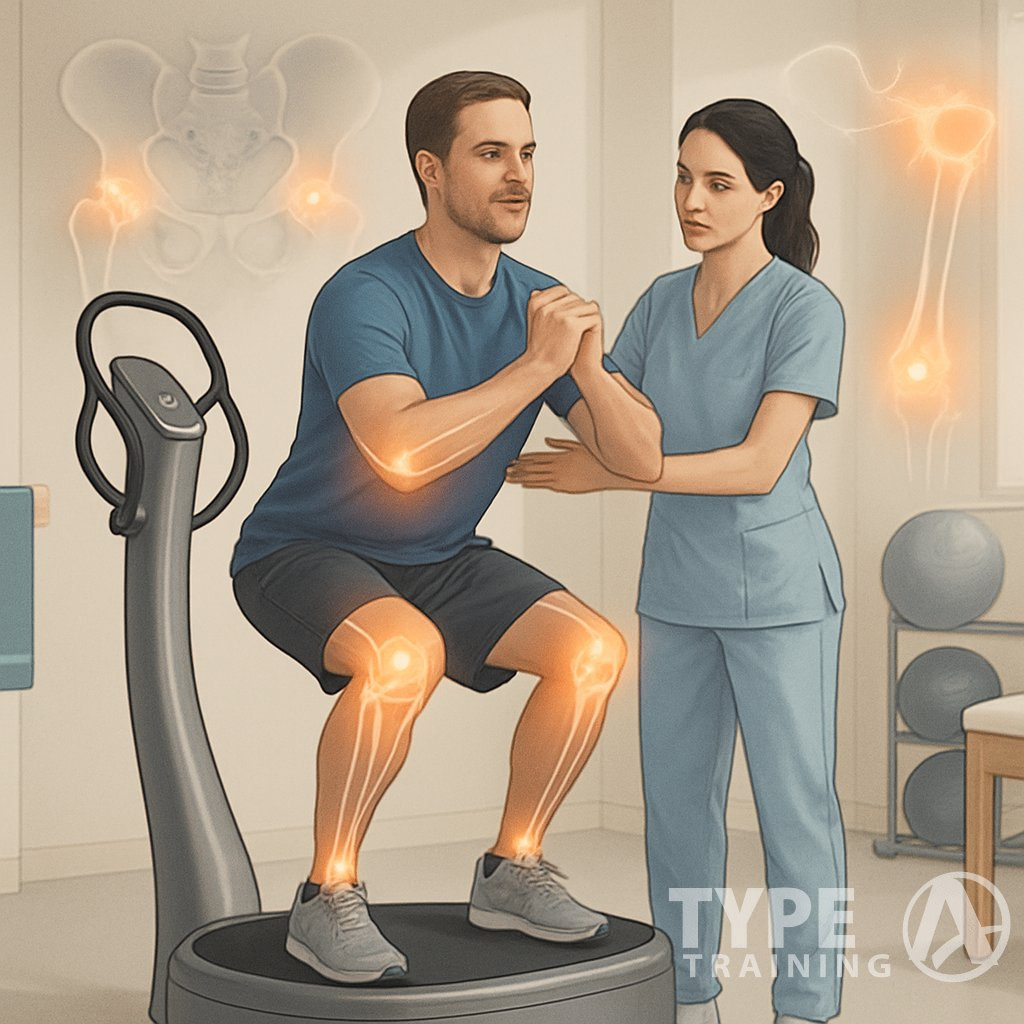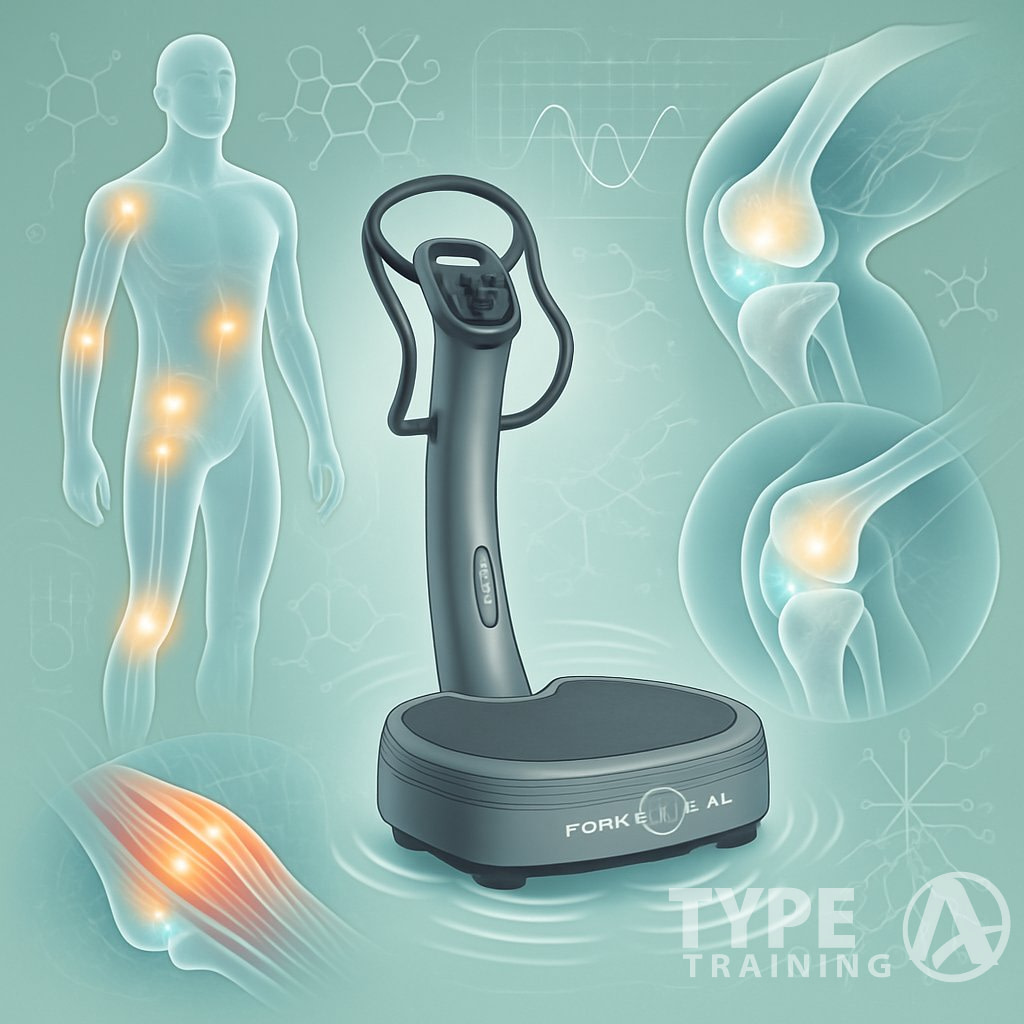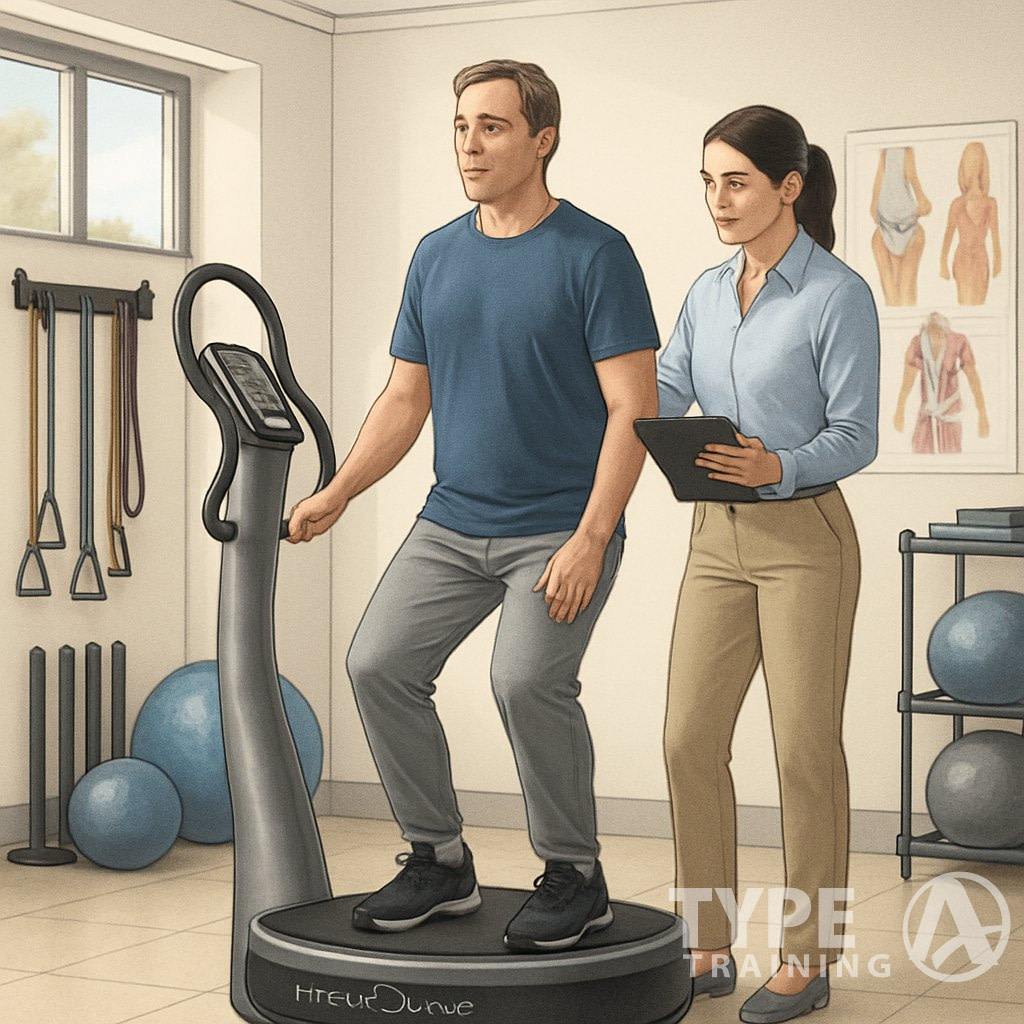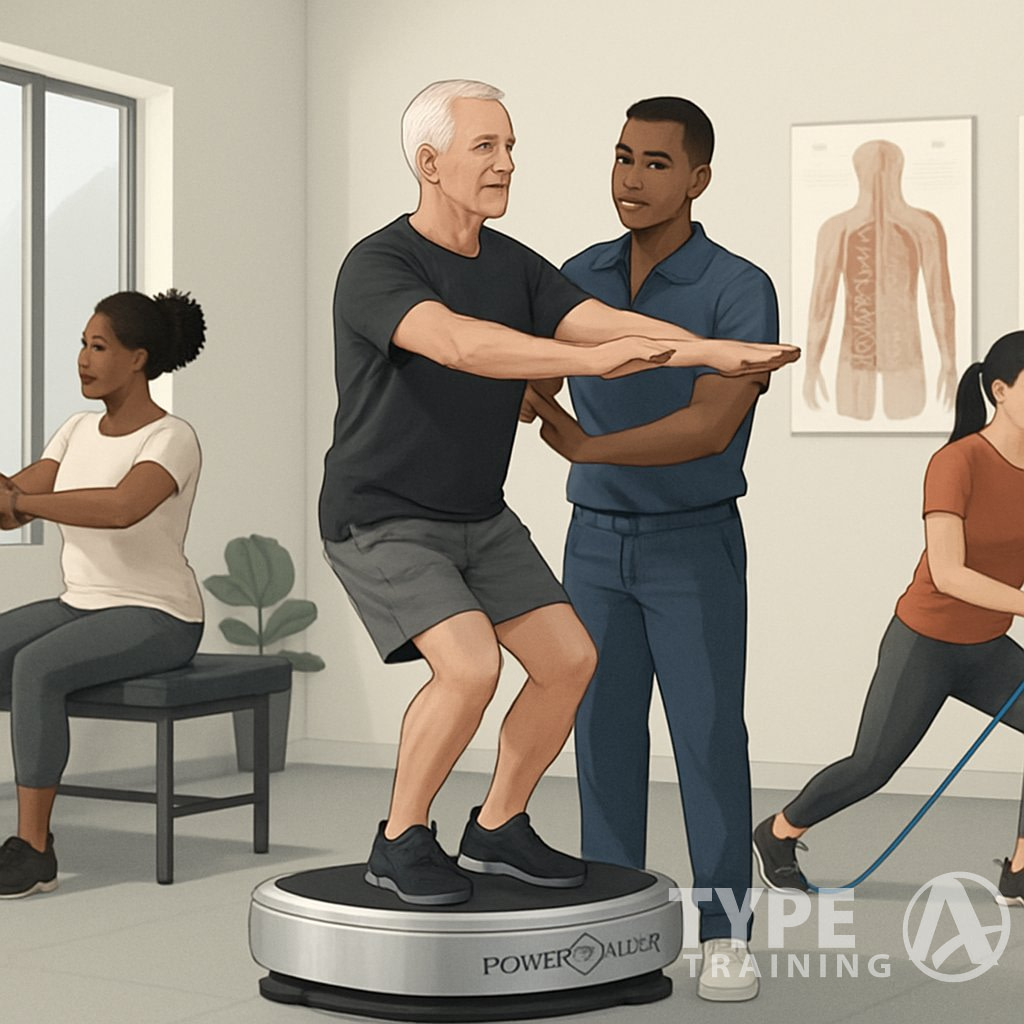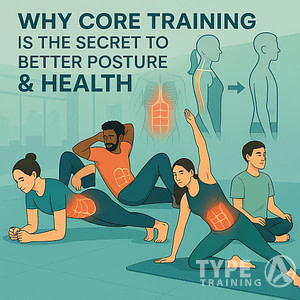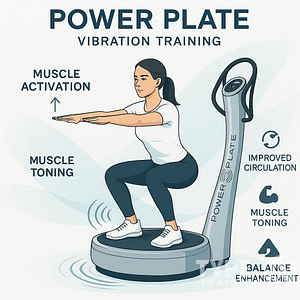When you’re dealing with an injury or nagging joint pain, recovery can feel slow and honestly, a bit discouraging. Traditional therapy helps, but let’s be real—sometimes you need something extra to speed things up or just make progress more noticeable.
Using the Power Plate for injury rehabilitation can significantly enhance your recovery process. This method provides unique benefits that traditional therapies may not.
Power Plate for injury rehabilitation uses whole-body vibration to support healing, reduce stiffness, and improve mobility in a safe, controlled way.
Popular posts:
You can use Power Plate to activate muscles, boost blood flow, and ease inflammation. These effects make it useful after surgery, sports injuries, or with chronic joint conditions.
The Power Plate for injury rehabilitation is a game changer, making recovery feel quicker and more effective.
Gentle vibrations engage your body, so you gain strength and flexibility without extra stress on sensitive areas. It feels supportive, not punishing.
Incorporating the Power Plate for injury rehabilitation into your routine allows for gentle vibrations that engage your body.
This approach also supports long-term joint health. Regular use may help protect cartilage, improve balance, and keep you moving as you recover or manage ongoing issues.
This approach emphasizes the importance of the Power Plate for injury rehabilitation, offering long-term joint health benefits.
Key Takeaways
- Power Plate supports healing and mobility during rehabilitation
- Vibration therapy reduces joint stress while building strength
- Regular use promotes lasting joint health and flexibility
How Power Plate Supports Injury Rehabilitation
The advantages of using the Power Plate for injury rehabilitation are profound, contributing to enhanced recovery experiences.
Using a Power Plate during rehabilitation helps you recover more efficiently. It stimulates muscles, improves circulation, and can ease discomfort.
Using a Power Plate for injury rehabilitation not only stimulates muscles but also enhances your overall recovery journey.
This approach works alongside physical therapy to restore movement and reduce pain. It’s a solid way to support long-term joint health.
Role in Accelerating Recovery
When you use a Power Plate, the vibration platform makes your muscles contract many times per second. These rapid contractions activate both large and small muscle groups—even those tricky stabilizers you might miss with regular exercises.
Emphasizing the Power Plate for injury rehabilitation allows for effective muscle contractions during recovery.
This stimulation helps you rebuild strength after injury without putting extra strain on your joints. You get to perform controlled movements that support mobility and keep the risk of re-injury lower.
Power Plate training also encourages faster neuromuscular adaptation. Your body can relearn proper movement patterns more quickly, which really matters after surgery or joint injuries.
With the Power Plate for injury rehabilitation, neuromuscular adaptation occurs more rapidly, ensuring effective recovery.
Pairing Power Plate sessions with guided physical therapy can help you regain stability, balance, and functional strength sooner.
Enhancing Circulation and Blood Flow
Utilizing the Power Plate for injury rehabilitation significantly enhances blood flow, benefiting healing processes.
Improved circulation is a big benefit of vibration therapy. The vibrations from the Power Plate stimulate blood vessels and increase blood flow to injured tissues.
Better circulation delivers more oxygen and nutrients to muscles and joints. This supports tissue repair and can help reduce swelling after injury.
Enhanced blood flow also helps remove waste products like lactic acid. That process reduces stiffness, making it easier for you to move during rehab.
For seniors with limited mobility, the Power Plate offers a low-impact way to boost circulation without needing intense exercise. That’s a relief, honestly.
Reducing Muscle Soreness and Pain
Muscle soreness is part of the deal after injury and during rehab. The Power Plate helps by gently stimulating muscles and nerves.
Many people report that the Power Plate for injury rehabilitation works wonders in reducing muscle soreness.
Vibrations encourage tight muscles to relax, easing pressure on nearby joints. This can lower pain levels and make it easier to get through therapy exercises.
Vibration therapy may also reduce delayed onset muscle soreness (DOMS) after training. With less soreness, you’re more likely to stick with your rehab program.
Many users notice improved flexibility and joint range of motion from regular Power Plate sessions. Less stiffness makes it easier to get back to daily life.
Power Plate and Joint Health
The Power Plate for injury rehabilitation promotes strong joints and prevents further issues down the line.
Using the Power Plate can help you manage joint stress, improve movement, and support the tissues that stabilize your joints. You get a way to exercise safely while encouraging better flexibility and stronger bones.
Using the Power Plate for injury rehabilitation can be a safe way to improve movement and support joint stabilization.
Low-Impact Exercise for Joint Protection
Traditional workouts often put pressure on your joints, especially if you’re running or lifting heavy things. The Power Plate cuts down on this by using vibration to stimulate muscles without high-impact moves.
You can strengthen muscles that support your joints while limiting wear and tear. For example, simple squats or step exercises on the platform engage stabilizers without making your knees or hips absorb heavy loads.
The vibrations activate multiple muscle groups at once, so you can do shorter sessions and still get benefits. If you deal with stiffness, arthritis, or old injuries, this approach lets you stay active while protecting your joints.
Improving Flexibility and Mobility
Joint stiffness can be alleviated with the Power Plate for injury rehabilitation, making everyday movements easier.
Joint stiffness limits your range of motion and just makes life harder. The Power Plate helps your muscles and connective tissues relax and lengthen while vibrating.
When you stretch or do mobility drills on the platform, vibrations increase blood flow and warm up tissues faster. That can help you move deeper into a stretch and improve flexibility over time.
A lot of people use the Power Plate before workouts to prepare their joints, or after exercise to cool down and fight stiffness. Better mobility supports smoother movement and reduces the risk of joint strain.
Prepping your joints with the Power Plate for injury rehabilitation leads to smoother movements during activities.
Supporting Cartilage and Bone Health
Strong joints need healthy cartilage and bone, not just muscle. The Power Plate’s vibrations apply gentle mechanical stress, which may help maintain bone density and bone mass—especially as you get older.
Maintaining bone health is crucial, and the Power Plate for injury rehabilitation assists in that effort.
For cartilage, better circulation from vibration could support nutrient delivery to joint surfaces. While it won’t rebuild cartilage, it can help create better conditions for joint health.
Regular use may also reduce joint swelling by promoting fluid movement. That can ease pressure inside the joint and improve comfort when you move.
The Science Behind Power Plate Technology
The science behind the Power Plate for injury rehabilitation reveals its potential to enhance recovery methods.
Power Plate uses whole-body vibration to stimulate your muscles and joints in ways traditional exercise just can’t. This method can help you train more efficiently, improve recovery, and support joint health—as long as you use good technique.
Vibration Technology Explained
Understanding the vibration technology of the Power Plate for injury rehabilitation can unlock its true benefits.
The platform sends small, rapid vibrations through your body—typically 30–50 cycles per second. That’s way faster than you could ever manage on your own.
When you stand, sit, or exercise on the plate, the vibrations move through your muscles and connective tissues. This triggers a reflex that activates more muscle fibers at once.
Unlike static exercise, vibration training boosts circulation and stimulates your nervous system. Better blood flow supports tissue repair, and stabilizing muscles may help protect your joints.
Some rehab programs in places like Germany even use vibration platforms for chronic back pain. It’s not just for fitness buffs—there’s real-world use behind it.
Muscle Contractions and Strength Gains
The rapid vibrations make your muscles contract and relax over and over—about 30–50 involuntary contractions each second. That’s a lot of action in a short time.
Exploring the benefits of the Power Plate for injury rehabilitation helps you maximize results post-injury.
This constant activation recruits both big and small muscle groups, which can boost strength training results. For example, standing in a squat on the plate works your quads and those deep stabilizers around your hips and knees.
You can mix vibration training with moves like lunges, push-ups, or balance drills. This increases muscle recruitment and may cut down the time it takes to see strength gains compared to standard training.
Some research suggests vibration training supports muscle strength, flexibility, and bone density. That makes it a legit tool for rehab and joint health.
Safety and Best Practices
Start with short sessions—usually 15–20 minutes—and build up as your body adapts. Don’t rush it.
Keep good posture during exercises to avoid unnecessary joint strain. For example, bend your knees a bit when standing to take pressure off your spine.
Use the right frequency and amplitude settings. Lower settings are best for recovery or beginners, while higher ones suit advanced strength training.
If you have joint replacements, heart issues, or you’re recovering from surgery, check with a medical professional before starting vibration training. Better safe than sorry.
Integrating Power Plate into Rehabilitation Programs
Integrating the Power Plate for injury rehabilitation into your regimen can lead to quicker recovery.
You can use the Power Plate to support recovery by tailoring exercises to your condition. Practice controlled movements that protect the joints, and keep track of your progress over time.
This approach helps you move better, reduce strain, and build strength without overdoing it.
Customizing Exercises for Different Injuries
Customizing your rehabilitation with the Power Plate for injury rehabilitation ensures tailored recovery.
When using the Power Plate in rehab, match exercises to your injury type and stage. For mild knee injuries, try low-impact static holds. For shoulder recovery, focus on gentle range-of-motion drills.
Adjust the vibration intensity to your comfort. Lower frequencies work well early on, while higher settings can come in as you get stronger.
Joint stability matters, too. Exercises that reduce load on painful areas—like supported squats or seated moves—let you keep muscles active without extra stress. That’s key for healing.
Sample Rehabilitation Movements
Simple, structured moves on the Power Plate can support joint health and recovery. For lower body injuries, static lunges, mini-squats, and calf raises help restore strength without heavy loading.
For upper body rehab, you might try gentle shoulder stretches, wall presses, or light resistance band pulls while standing on the plate. Even small movements get a boost from the vibration.
Stretching on the plate can also improve flexibility. Seated hamstring stretches or hip openers with vibration encourage better mobility. Keep movements slow and controlled—there’s no need to rush or push through pain.
Progression and Monitoring Results
Monitoring your progress with the Power Plate for injury rehabilitation can help adjust your recovery plan.
Progress gradually by adjusting time, frequency, and how complex your exercises are. Start with short sessions—maybe 30–60 seconds per exercise—and bump up duration as you improve.
Pay attention to how your body responds. Jot down notes on pain, balance, and range of motion after each session. If things flare up, scale back.
Your physical therapist might use strength or balance tests to track your progress. Regular monitoring keeps your rehab safe and on track.
Additional Benefits for Long-Term Joint Health
Experience the long-term benefits of the Power Plate for injury rehabilitation as you maintain joint health.
Using Power Plate regularly can help you maintain joint function by improving how your body moves and adapts to daily stress. It also supports healthy weight management, which takes pressure off your joints and lowers the risk of future problems.
Enhancing Balance and Stability
Utilizing the Power Plate for injury rehabilitation improves balance and coordination, essential for recovery.
Power Plate training gets those small stabilizing muscles around your joints firing. This kind of activation helps sharpen your coordination and lowers your risk of falls or those awkward missteps that can mess up your knees, hips, or ankles.
When you stand, squat, or just move carefully on the vibrating platform, your body keeps adjusting to stay upright. That constant adjustment makes the muscles that protect your joints work harder, especially during daily stuff.
Better balance means you move with more confidence. For older adults or anyone bouncing back from an injury, this can make things like walking, climbing stairs, or even carrying groceries feel safer and less taxing on your joints.
Key outcomes include:
- Improved postural control
- Reduced risk of falls
- Stronger joint stabilizers
Supporting Weight Management
Carrying extra weight puts more strain on your joints, especially in the knees and hips. Over time, this extra load can speed up wear and make pain or stiffness worse.
The Power Plate for injury rehabilitation can also aid in effective weight management, reducing joint strain.
Short Power Plate sessions can help with weight loss by boosting how many calories you burn. The vibrations get more muscle fibers involved than standard exercise, so you use energy more efficiently.
You can mix Power Plate with walking or strength training to keep your weight management plan balanced. That way, you lose weight gradually while holding on to the muscle strength that keeps your joints protected.
Lowering your body mass and staying active takes unnecessary stress off your joints. That helps you keep them working better as you get older.
Consistent use of the Power Plate for injury rehabilitation can lead to significant long-term improvements.
Frequently Asked Questions
Using a Power Plate can help you get stronger, improve joint stability, and support circulation. It’s especially helpful for older adults or anyone dealing with swelling or stiffness after an injury.
What are the benefits of using a Power Plate for injury rehabilitation?
You can use the Power Plate to trigger muscle contractions, which helps you rebuild strength after an injury. The vibration platform might also improve your flexibility and circulation, which can speed up recovery. Many people say it helps them get mobility back in weaker areas.
How does vibration therapy aid in joint health improvement?
In summary, the Power Plate for injury rehabilitation is an effective tool for enhancing recovery.
Vibration causes small, quick muscle contractions around your joints. That can improve stability and ease stiffness. Over time, this extra stimulation might help you move your joints more freely and keep them protected during daily life.
Are there any risks associated with using vibration machines for rehabilitation?
If you use a Power Plate too often or for long stretches, it can strain your joints and spine. Folks with certain medical conditions—like recent surgery, epilepsy, or pregnancy—should skip it unless their doctor says it’s okay. Always follow safety tips and keep your sessions within recommended limits.
Can Power Plate exercises support lymphatic drainage?
The vibration may boost circulation and get your lymphatic system moving. That could help with swelling and support your body’s natural recovery. Gentle movements on the platform usually work best here.
What are the specific advantages of vibration plates for the elderly?
Older adults often notice better balance, coordination, and bone health with regular Power Plate use. The stimulation can lower fall risk by making stabilizing muscles stronger. It might also help support bone density, which matters a lot for osteoporosis prevention.
Many older adults find that the Power Plate for injury rehabilitation offers substantial benefits in mobility.
How often should one use a Power Plate for effective rehabilitation outcomes?
Most folks notice improvements with short sessions, a few times each week. Consistency matters way more than marathon workouts.
Your schedule really depends on your recovery goals. If you have a healthcare provider, it’s smart to check in and see what they recommend.
The Power Plate for injury rehabilitation should be part of your regular routine for optimal results.
